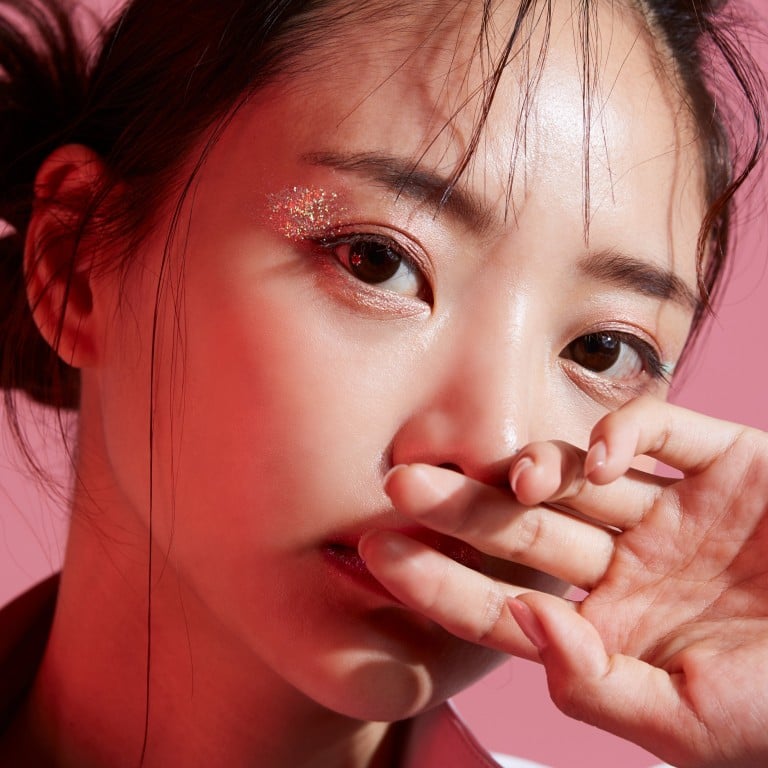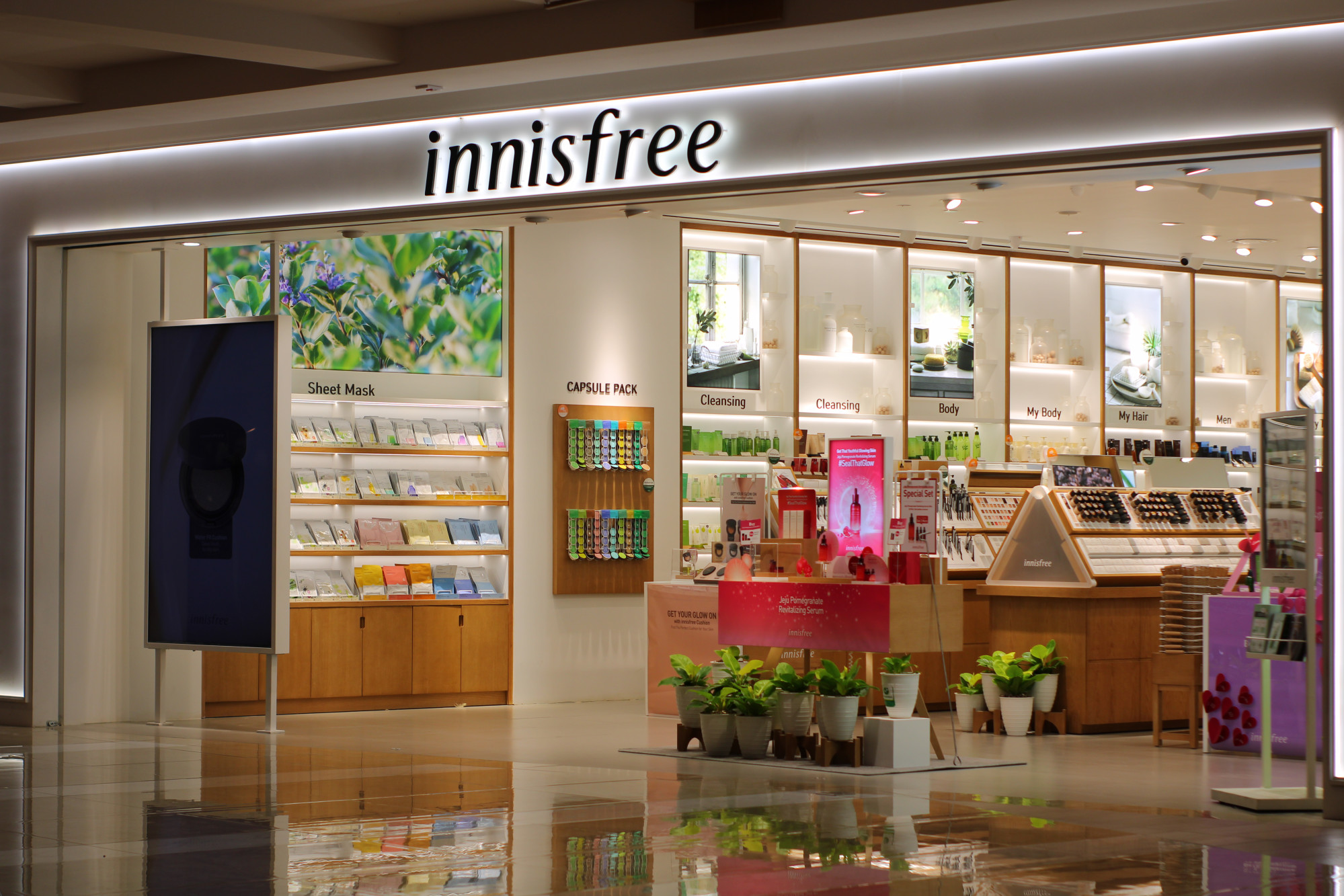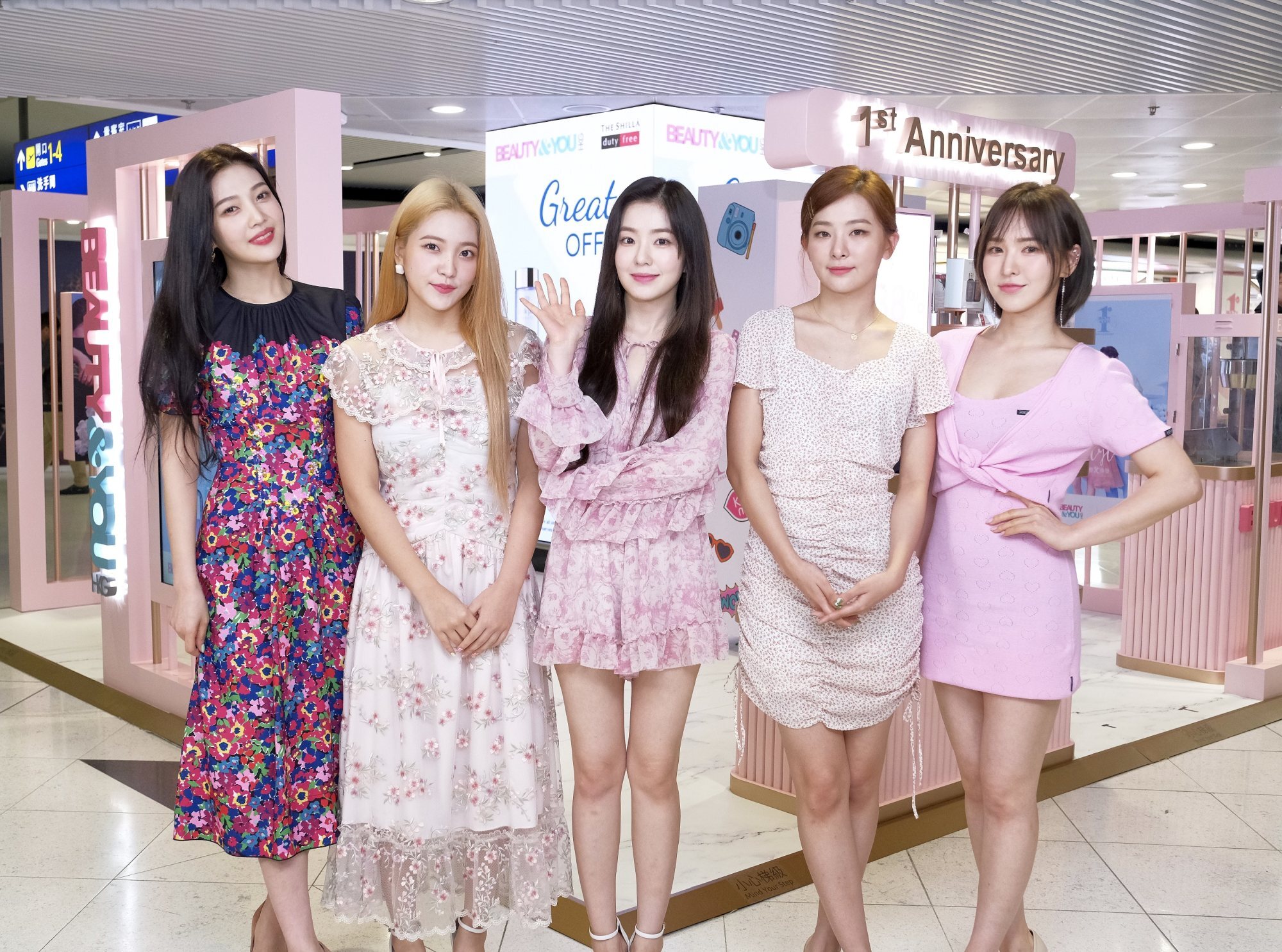
Korean skincare loses its edge as Chinese embrace luxury Western brands and global customers seek simpler routines
- While K-pop and K-dramas are still going strong, the shine is wearing off K-beauty – Korean skincare is increasingly seen as too complicated and convoluted
- Chinese consumers are buying Western and Japanese brands in Hainan instead of going to South Korea, and Sephora no longer promotes K-beauty like before
When hallyu, or the Korean wave, was at its height, it felt as if the cultural dominance of South Korea almost rivalled that of the United States.
K-pop was blaring out of bars, K-dramas were some of the most watched television shows in Asia and K-beauty was beloved across the globe. Seoul’s soft power was anything but subtle. But while K-pop and K-dramas are still going strong, the same cannot be said of K-beauty.
Korean beauty conglomerate Amorepacific is pulling major brand Innisfree from the US and China, Sephora has stopped promoting K-beauty with the fervour it once did, and Korean cosmetic imports to China are growing at a slower rate than ever before.
According to data released by the Foundation of Korea Cosmetic Industry Institute in May, exports of Korean beauty brands to China increased by 14 per cent in 2019 to US$3 billion. The average annual increase between 2013 and 2018 in contrast was 41 per cent.

“At the time, the Chinese government was trying to influence consumer perception on both the culture and quality perception fronts – working to diminish the influence of Korean celebrities in China by banning K-pop stars, and refusing the import of 19 Korean cosmetics products based on quality control issues,” says Liz Flora, the former head of Asia research for intelligence firm L2.
“This is because it knows that Chinese consumers are savvy and won’t necessarily see a brand as lower quality just because of a political boycott.”
Five viral beauty trends that K-pop idols started
“Companies are having to fill the gap caused by the tourists who have ceased their travel plans to South Korea,” explains South Korean fashion and beauty writer Yeo In-hae. “Risk management must be in place, as being heavily dependent on Chinese money or tourists has long been an issue that is raised constantly in South Korea. The last few years alone show how dangerous that can be.”
Then there is the fact that everything that once made K-beauty a global obsession – quirky marketing, convoluted beauty routines and colourful make-up – no longer fits with current trends.

An increase in beauty influencers and cosmetics fan pages has meant customers around the world are increasingly interested in the science behind beauty products.
In the West, this has led to brands like The Ordinary – which sells affordable products packed with active ingredients in deliberately plain boxes – doubling its profits in the past year. K-beauty, with its colourful packaging, fun marketing ploys and often opaque ingredients lists, falls into an entirely different, and currently less desirable, category.

Similarly, K-beauty lines tend to be at the medium and lower end of the price scale, and this sector hasn’t grown as quickly during the pandemic as more expensive brands. This is largely because customers have invested the money they would usually have spent on dining out and travel in beauty products, with skincare hugely outperforming make-up in a year when people have been largely staying at home.
Bigger-budget brands also have more money to make skincare breakthroughs and, as a result, K-beauty has had fewer innovations than many of its international rivals.
This lack of innovation and the focus on marketing rather than ingredients has also made it easier to plagiarise. In 2019, South Korea’s Nature Republic sued more than 50 beauty companies for using its intellectual property, illustrating the extent to which K-beauty has been losing customers to fake brands.
In South Korea, coronavirus has slowed K-beauty’s billionaire boom
The maximalist element of K-beauty has also lost its lustre. Five years ago, any article on Korean products was likely to praise the 10-step regimes they promoted. This felt like something new and exotic in the West in particular, where customers had been bred on a simple diet of cleanser, toner, moisturiser. Influencers on social media made videos about their lengthy regimens and viewers were captivated by these routines.
In many ways, this had to happen. K-beauty grew too quickly in too short a space of time. The level of popularity it achieved could never last – an inevitability that was heightened by the unexpected impact of a political crisis and a global pandemic.
That being said, K-beauty – with its innovative brands and powerful global influencers – isn’t going anywhere. It just needs a 10-step plan of its own to weather the next few years.

